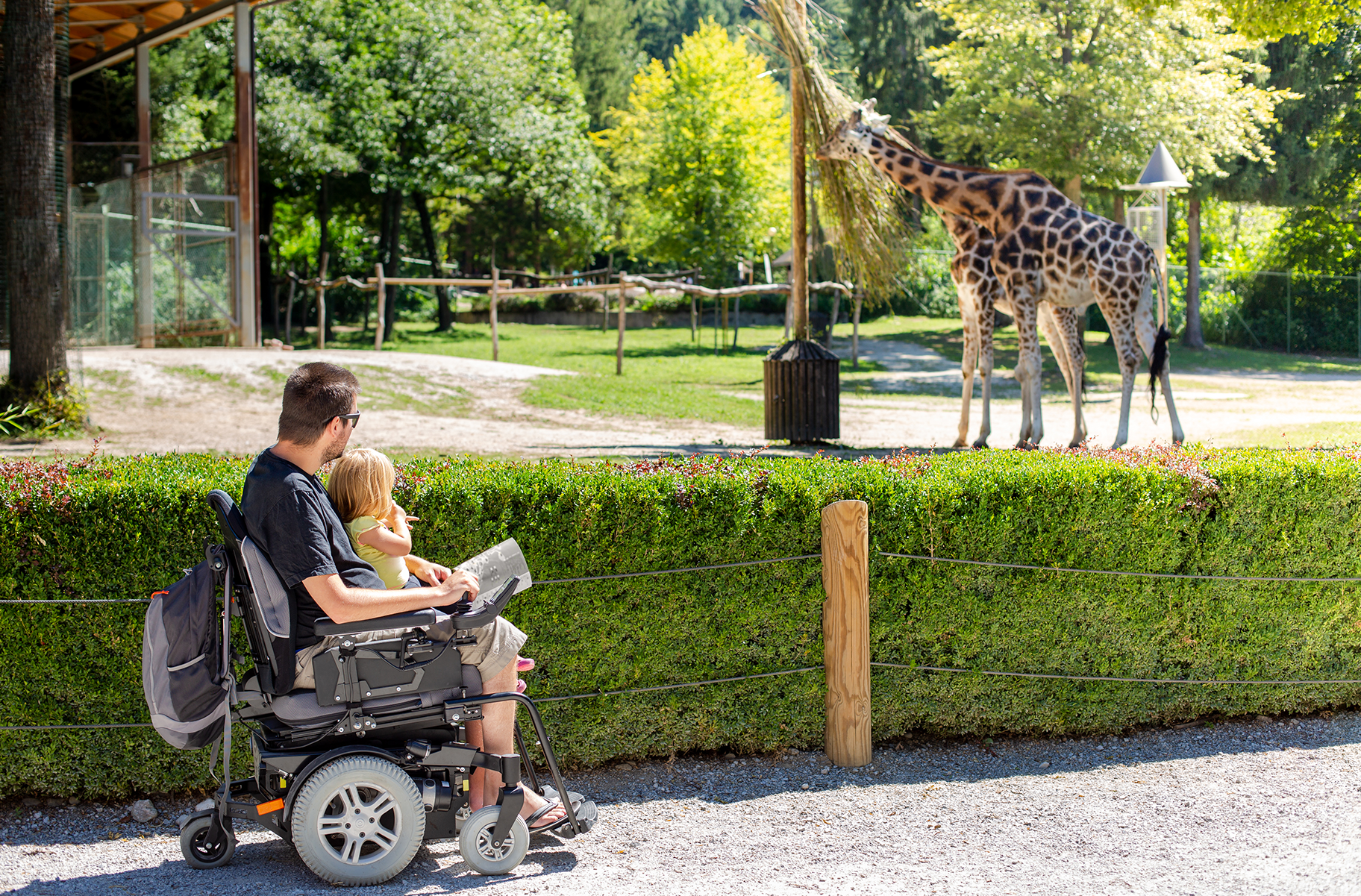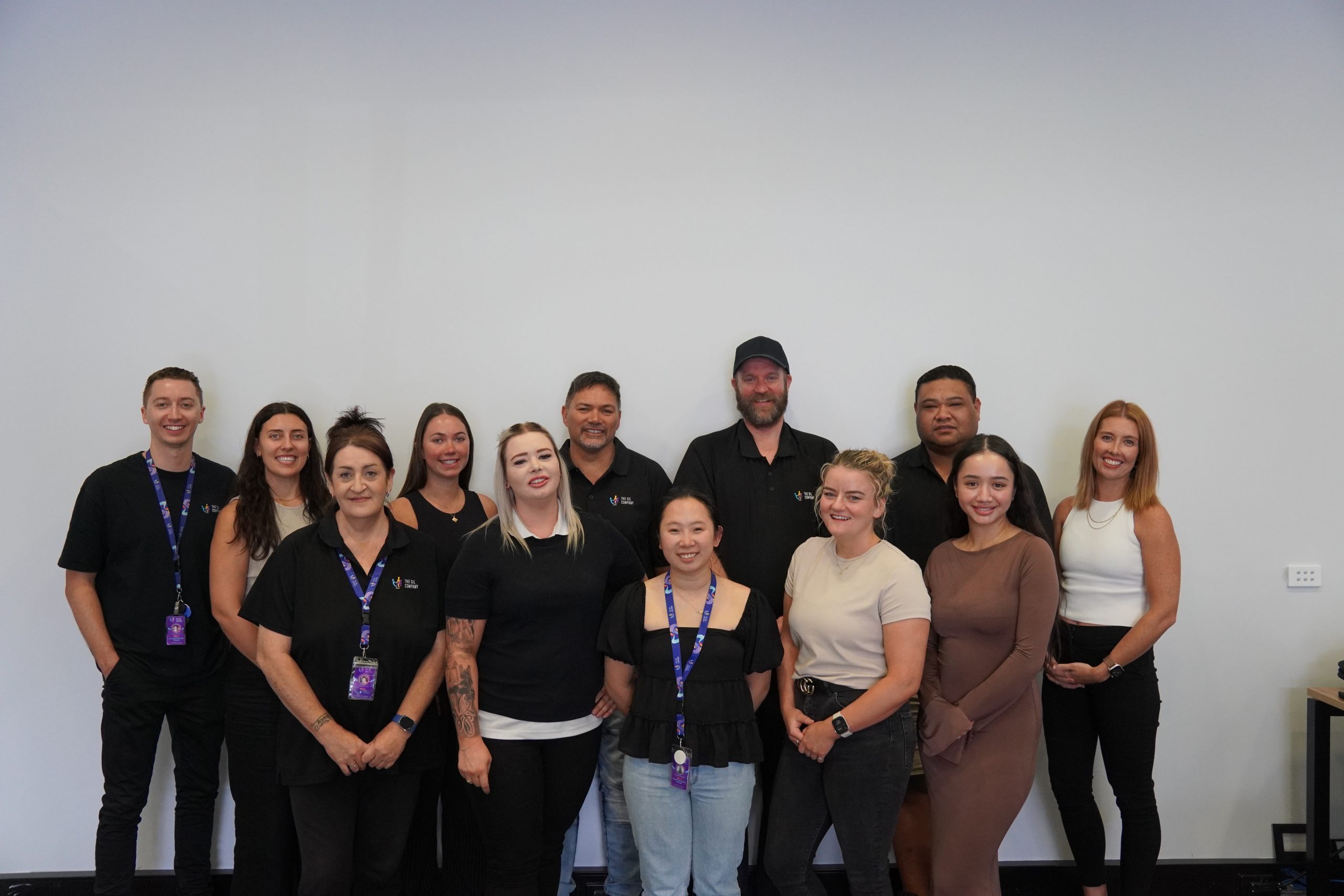Choosing a home is a deeply personal decision. For people with disability, a home should provide comfort, support, and the opportunity to live life your way.
Disability housing is not one-size-fits-all. The best home for you will depend on your support needs, personal preferences and lifestyle goals.
If you or someone you support is navigating NDIS housing options, this guide breaks down the types of accommodation available – including Supported Independent Living (SIL), Specialist Disability Accommodation (SDA), and Individualised Living Options (ILO).
(To understand how NDIS housing fits into your overall plan, find out more about how NDIS funding works)
Understanding NDIS Housing Options
NDIS housing is designed to be flexible and responsive to your needs. Here are the three main types of housing support funded through the NDIS.
Supported Independent Living (SIL)
Supported Independent Living (SIL) provides help with daily tasks like personal care, cooking, cleaning, and managing household responsibilities for people who need regular support. It’s commonly offered in shared homes and can be tailored to your routine and goals.
SIL support can be delivered in several housing types:
Group Homes
A shared setting (usually 2–7 residents) with 24/7 support. Ideal for those who enjoy living with others and a structured daily routine.
Private Rentals
SIL supports can be delivered in a privately rented home, giving you more choice in where and how you live. This is a good choice for families or those who prefer not to live in a traditional group home.
Living with Family
Some people prefer to stay at home with family while still receiving structured SIL supports. This allows people to remain in a familiar environment while receiving the help they need.
It’s important to note that SIL funding covers the cost of your supports, not your rent or property costs. You can read more in our in-depth guide about SIL.
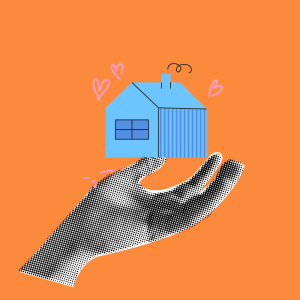
Individualised Living Options (ILO)
ILO is a flexible and tailored model of support that focuses on designing a living situation around you, not fitting you into a system. Needing less daily support than SIL, you might decide to live alone, with a chosen housemate, or in a group home.
ILO supports your independence and community connections, and is especially well-suited to people who want more choice and flexibility in how they live.
Specialist Disability Accommodation (SDA)
Specialist Disability Accommodation (SDA) refers to purpose-built or purpose-modified housing for people with extreme functional impairment or very high support needs. These homes include features designed for accessibility and independence, such as:
- Wide doorways and hallways
- Ceiling hoists and accessible bathrooms
- Emergency call systems
- Smart home technology for environmental control
SDA can look like modern apartments, villas, or houses – depending on your needs and preferences.
SDA is often paired with SIL supports and offers housing that aligns with your physical, cognitive or sensory needs. Eligibility for SDA is assessed separately as part of your NDIS plan.
Short-Term, Medium-Term, or Permanent?
Beyond the type of housing, it’s important to consider how long you plan to stay. NDIS housing options can be categorised by their timeframes.
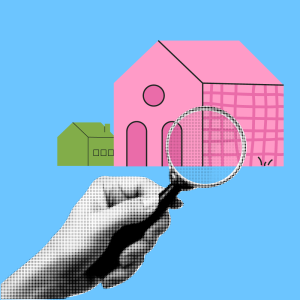
Short-Term Accommodation (STA)
As the name suggests, STA is for brief stays, typically up to 28 days at a time. It’s often used for respite care (giving carers a break), or as a transitional option if you’re waiting for long-term housing to become available. STA can also be a good way to try out a new living arrangement or housemates before committing to a longer stay.
Medium-Term Accommodation (MTA)
MTA bridges the gap between short-term and permanent housing, usually for periods from 90 days up to 180 days (6 months). It’s designed for people who need a place to live while they wait for their permanent housing solution to be ready or if they’re undergoing assessments for long-term support needs. MTA provides a stable environment during a transitional phase, preventing homelessness while you work towards a more permanent solution.
Permanent Accommodation
This refers to a long-term living arrangement where you intend to reside indefinitely. Most NDIS housing options, such as SIL, SDA, and ILO, can be set up as permanent solutions, offering stability and the opportunity to build a life in a community you choose. This is where you establish your home base, access ongoing supports, and build connections.
When considering your housing options, think about your current needs and your future goals. Are you looking for a temporary place to stay, or a home for the long haul? Discussing your preferred time length with your NDIS planner and housing providers will help ensure you find the most suitable option for your circumstances.
How to Choose the Right Location
Where you live is just as important as how you live. Consider these factors when looking at housing options:
- Close to your support network
Being near family, friends, or trusted support providers can make daily life feel more secure and connected.
- Proximity to key services
Think about access to hospitals, GPs, pharmacies, therapy clinics or NDIS providers.
- Transport links
Is the home near public transport? How easy is it to get to work, community programs, appointments, or the shops?
- Lifestyle surroundings
Do you love the calm of bushland or want to live by the coast? Prefer quiet suburbs or bustling town centres? Consider how the location will impact your community participation and daily activities.
Other Important Considerations
The best home will support your independence, goals, and preferences. When assessing different housing options, consider:
- What level of support is provided, and when?
Is it 24/7, drop-in, or flexible?
- Who else lives in the home?
Compatibility with housemates can affect everything from your daily routine to your social life.
- How much choice do you have in how things are done?
Are routines and activities built around your preferences and goals?
- What are your long-term aspirations?
A home should help you build skills, connect with others, and grow in confidence over time.
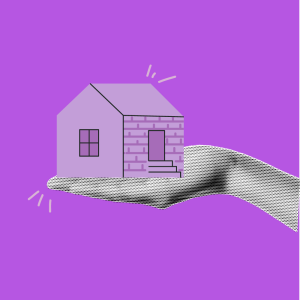
Finding the right home through the NDIS takes time, support, and the right information. But when you find the right fit, it can open the door to greater freedom, comfort, and joy in everyday life.
There’s no “one size fits all” when it comes to disability housing. Whether you’re seeking more independence, specialised support, or a warm community environment, there’s a home that can work for you. The key is to start with what truly matters to you and your goals.
Want help finding the right fit?
We offer a range of NDIS-supported housing options, including SIL, SDA, and ILO across NSW.
Explore our current SIL vacancies or get in touch to speak with our team about your needs. We’re here to help you find a home where you can thrive.


